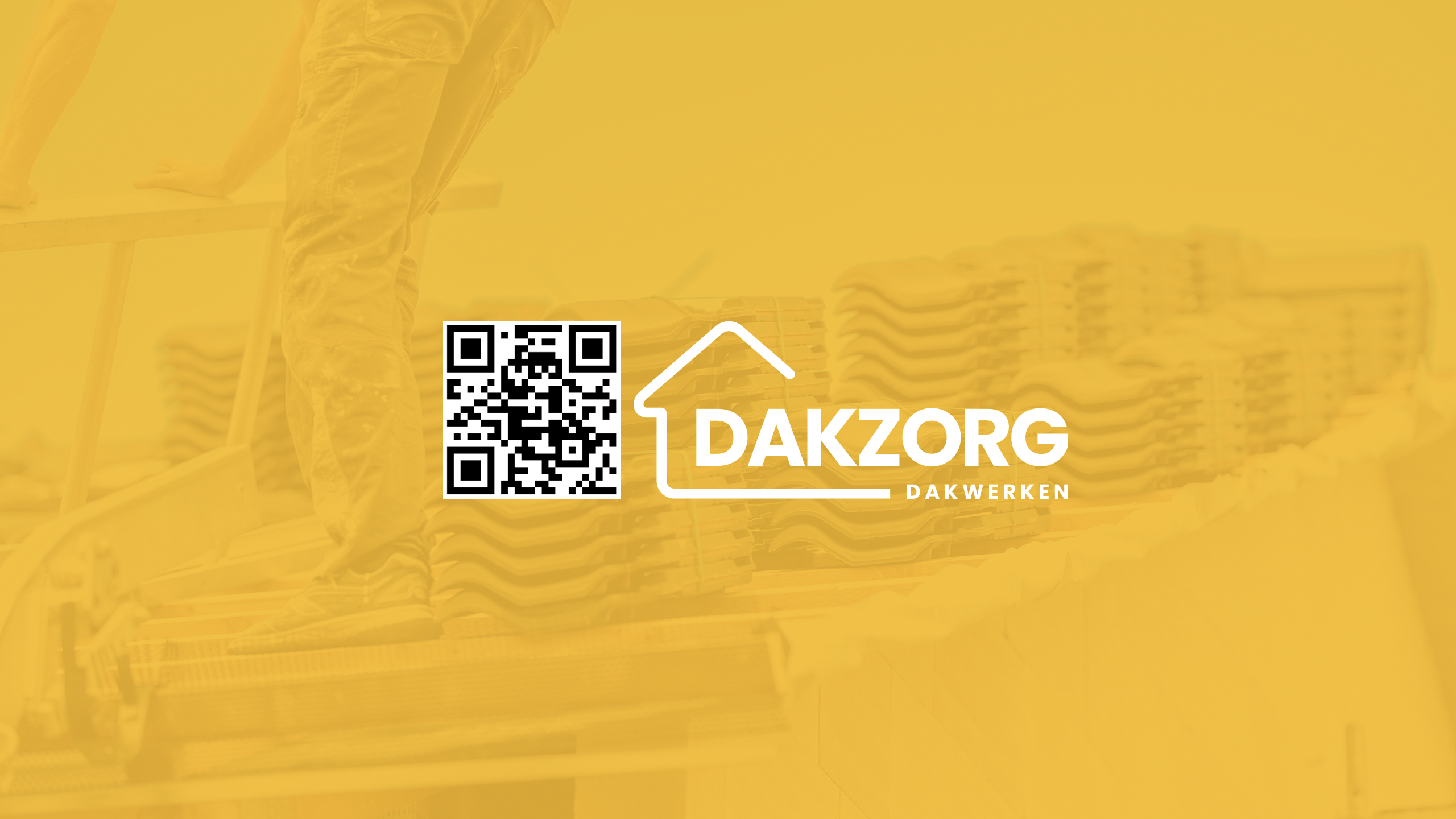Introduction
When storms roll through, they can leave a trail of destruction in their wake, especially when it comes to our homes. The roof is often the first line of defense against nature's wrath, and yet it can also be one of the most vulnerable parts of your home. How to Identify Storm Damage on Your Roof is crucial not just for preserving the aesthetics of your home but also for ensuring its structural integrity. In this article, we’ll delve deep into understanding storm damage, how to spot it, and what steps you can take to remedy the situation.
How to Identify Storm Damage on Your Roof
Identifying storm damage on your roof isn’t just about looking for missing shingles or leaks; it requires a keen eye and a systematic approach. Here are some steps you can follow:
Inspect from the Ground: Use binoculars for a closer look at hard-to-reach areas. Check for Missing Shingles: Look out for any bare spots that may expose your roof deck. Look for Cracks and Dents: Inspect metal flashings around chimneys and vents. Water Stains Inside: Check your ceilings and walls for water stains indicating leaks. Gutter Debris: Clogged gutters may indicate shingles or other materials have been dislodged.Signs of Storm Damage
1. Missing or Damaged Shingles
One professional roofing services Rotterdam of the most obvious indicators of storm damage is missing or damaged shingles. High winds can easily lift shingles off their adhesive seal, leaving them susceptible to water intrusion.
![]()
2. Cracked or Split Shingles
Storms can cause shingles to crack or split due to intense wind pressure or hail impacts. If you notice shards lying in your yard, it’s time for an inspection.
3. Granule Loss
Asphalt shingles lose granules over time, but after a storm, you might find an unusual number in your gutters or downspouts. This could indicate that they have been compromised.

4. Water Leaks Inside Your Home
Finding water stains on ceilings or walls can be an alarming sign that rainwater has penetrated your roof system due to storm damage.
5. Damaged Flashing
The metal flashing around chimneys and vents is designed to prevent leaks but can become bent or damaged during severe weather.
Tools You Might Need for Inspection
- Binoculars A sturdy ladder A flashlight Notepad and pen (to take notes) Camera (to document findings)
How Weather Impacts Roof Integrity
1. Wind Damage
High winds are notorious for lifting shingles from rooftops, especially if they're already aged or improperly installed.
2. Hail Impact
Hailstones can create dents in metal roofs and bruise asphalt shingles, leading to more extensive issues later on if not addressed.
3. Heavy Rainfall
Persistent rainfall can exacerbate existing vulnerabilities in your roof system, leading to leaks that may remain unnoticed until much later.
4. Snow Accumulation
Heavy snow loads can stress roofs beyond their design limits, which may lead to structural failure if not managed properly.
Visual Signs of Roof Damage After a Storm
1. Debris Accumulation
After a storm passes through, check for debris such as branches or leaves resting on your roof—these could trap moisture against the surface and lead to decay.
2. Visible Gaps in Roofing Materials
Examine the seams where different materials meet; gaps here may indicate that seals have failed due to wind pressure.
3. Rusty Spots on Metal Roofing
If you have a roofing contractor metal roof, inspect it for rust spots—this could mean moisture has been trapped there longer than it should be.
Safety First: When Should You Call a Professional?
While DIY inspections are helpful, knowing when it's best to bring in a professional is essential:
- If you notice extensive damage When you're uncomfortable climbing onto your roof If you're unsure about whether something is damaged
FAQs
Question 1: How often should I inspect my roof?
It’s wise to conduct routine inspections twice a year—once in spring and once in fall—along with checks after severe weather events.
Question 2: What should I do if I find storm damage?
Document everything with photos and notes before contacting your insurance company as well as local roofing professionals.
Question 3: Can I claim storm damage on my insurance?
Most homeowner's insurance policies cover storm-related damages; however, it’s best to check with your provider about specific coverage details.
Question 4: How long does it take to repair storm-damaged roofs?
Repair times vary based on severity but typically range from a few days up to several weeks depending on conditions and contractor availability.
Question 5: What's the average cost of roof repairs after storm damage?
Costs vary widely based on location and extent of repairs but expect anywhere from $300-$1500 for minor fixes; major restorations will cost significantly more.
Question 6: Are there preventative measures I can take?
Regular maintenance like cleaning gutters and replacing aging materials goes a long way toward minimizing future storm damage risks!
![]()
Conclusion
Understanding how to identify storm damage on your roof is critical not only for maintaining its appearance but also its functionality and safety over time. By being diligent after storms—keeping an eye out for signs like missing shingles or water infiltration—you'll be better prepared to tackle any issues head-on before they escalate into costly repairs! Remember—when in doubt about serious assessments or repairs, don’t hesitate; call in the experts who know exactly what needs doing! After all, a little prevention goes a long way towards safeguarding one of the most crucial components of your home—the roof over your head!